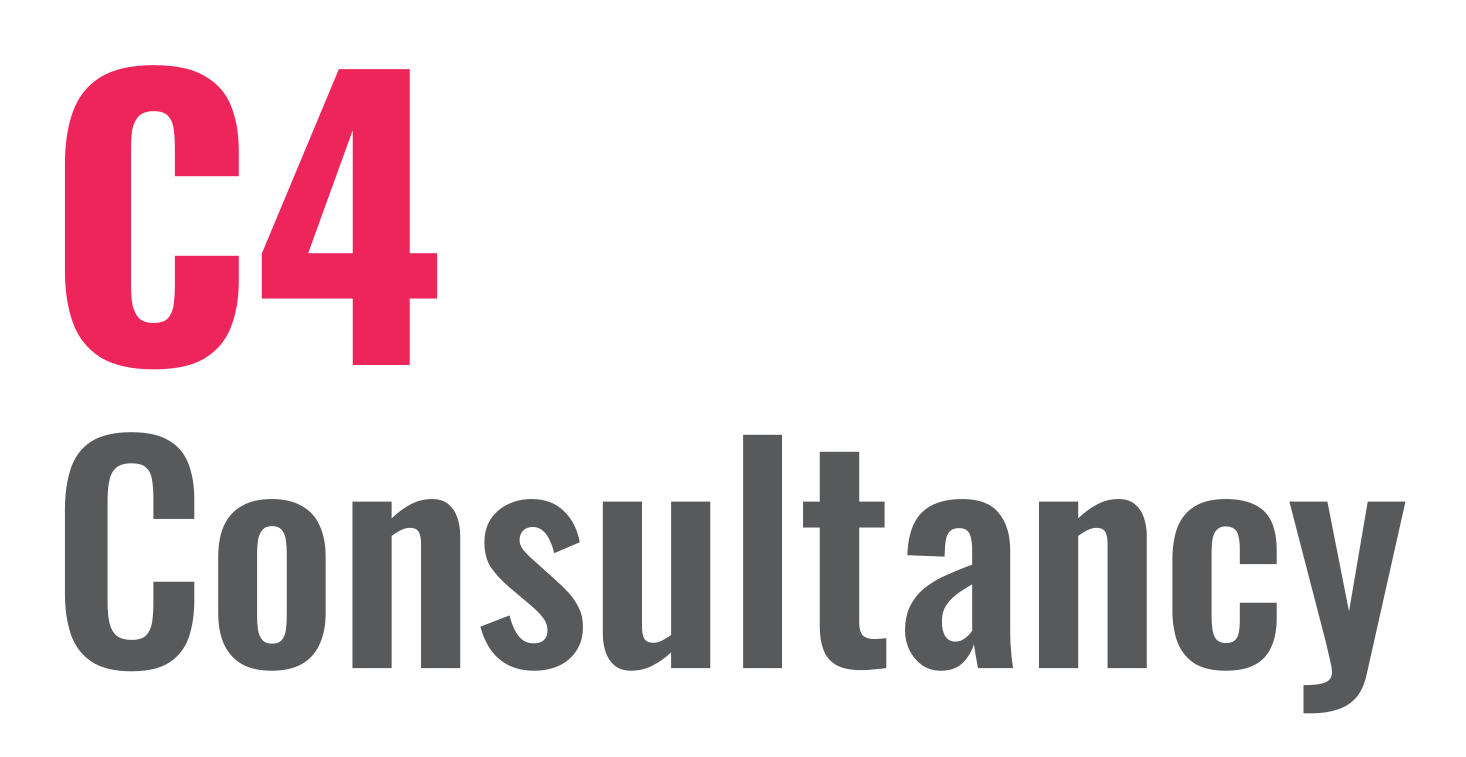As the President of the Darwin Surf Lifesaving Club (SLSC), I have been inconsistent and overwhelmed more times than I’d like to admit. My friend Lee-Anne at the club had asked me what my legacy was, I stated that I wanted to survive and that leaving a legacy wasn’t on my mind. Lee-Anne thought changing the bar and putting some bifolds on the deck would be good. I made a face. That plan did not excite me at all. It felt like moving furniture around a prison cell. It mostly stays the same.
The trouble was that I needed a vision. I wanted to make a difference to my mates and fellow club members and I wasn’t sure how.
I was frustrated, and it felt too big. Thankfully, an interim CEO of SLSNT was appointed a few months ago, giving me a fresh perspective. He could see what I couldn’t. He gave me hope and is my sounding board as I become more deliberate. What a relief.
I have collaborated with other external parties, and they have a bigger vision than I could have imagined. I can’t share what is up ahead as we are mid-negotiation. But I know that it’s what I will call a legacy.
Here is a map I created with a CEO who wants to leave a legacy in her community organisation.
1. Wishing:
- The journey begins with aspirations and a desire to make a positive impact within the organisation. Magic fairy dust, anyone?
2. Avoidant:
- Initial challenges may lead to a tendency to avoid difficult decisions, hoping issues will be resolved independently. This may also align with what some call ‘rusted in’.
3. Inconsistent:
- Fluctuations arise as the leader grapples with finding a balanced and consistent approach to decision-making and leadership.
- Often, the real problem isn’t seen, and a throw spaghetti-on-the-wall approach is used. Yes, pasta throwing is a real strategy.
4. Overwhelmed:
- Growing responsibilities and enthusiasm can create a sense of being overwhelmed, potentially impacting the leader’s effectiveness. Enter burnout, finger-pointing, and more spaghetti-throwing but in a tired, haphazard way.
5. Deliberate (Holistic Focus):
- Recognising the need for a more strategic and intentional approach, the leader embraces a holistic perspective. Not hugs but the good old fashioned,’ let’s include everyone in this and let’s do the job well.
- Decision-making becomes centred around considering the interconnectedness of various elements within the organisation or healthcare system. No silo’s in sight.
6. Transformational (Holistic Approach):
- Utilising a collaborative, transformative experience, the leader becomes visionary, inspiring positive change beyond isolated components. Daring to think big as synergy drives and fuels the approach.
- Emphasis is placed on fostering a holistic culture, addressing interconnected challenges, and promoting innovation at all levels. The holistic culture includes your patients and clients, nestled in healing and best practices. Your workplace now becomes an employer of choice. Phew … no more pesky retention and attraction issues.
7. Legacy Creation (Holistic Impact):
- In the impact creation phase, the leader leaves a sustainable holistic impact behind.
- The focus extends beyond individual achievements to institutionalising a culture that values the community’s or healthcare organisation’s collective well-being. Imagine that.
In this holistic journey, the leader evolves from a wishful thinker to a transformative force, focusing on the interconnectedness of various aspects. The deliberate phase and beyond emphasise a holistic approach, ensuring that decisions and actions contribute to the organisation’s or healthcare system’s overall well-being and success.
What if you could make a holistic impact in your region? Not just for your organisation but for the community you help. The community you transform.
Transform your way,
Michelle
